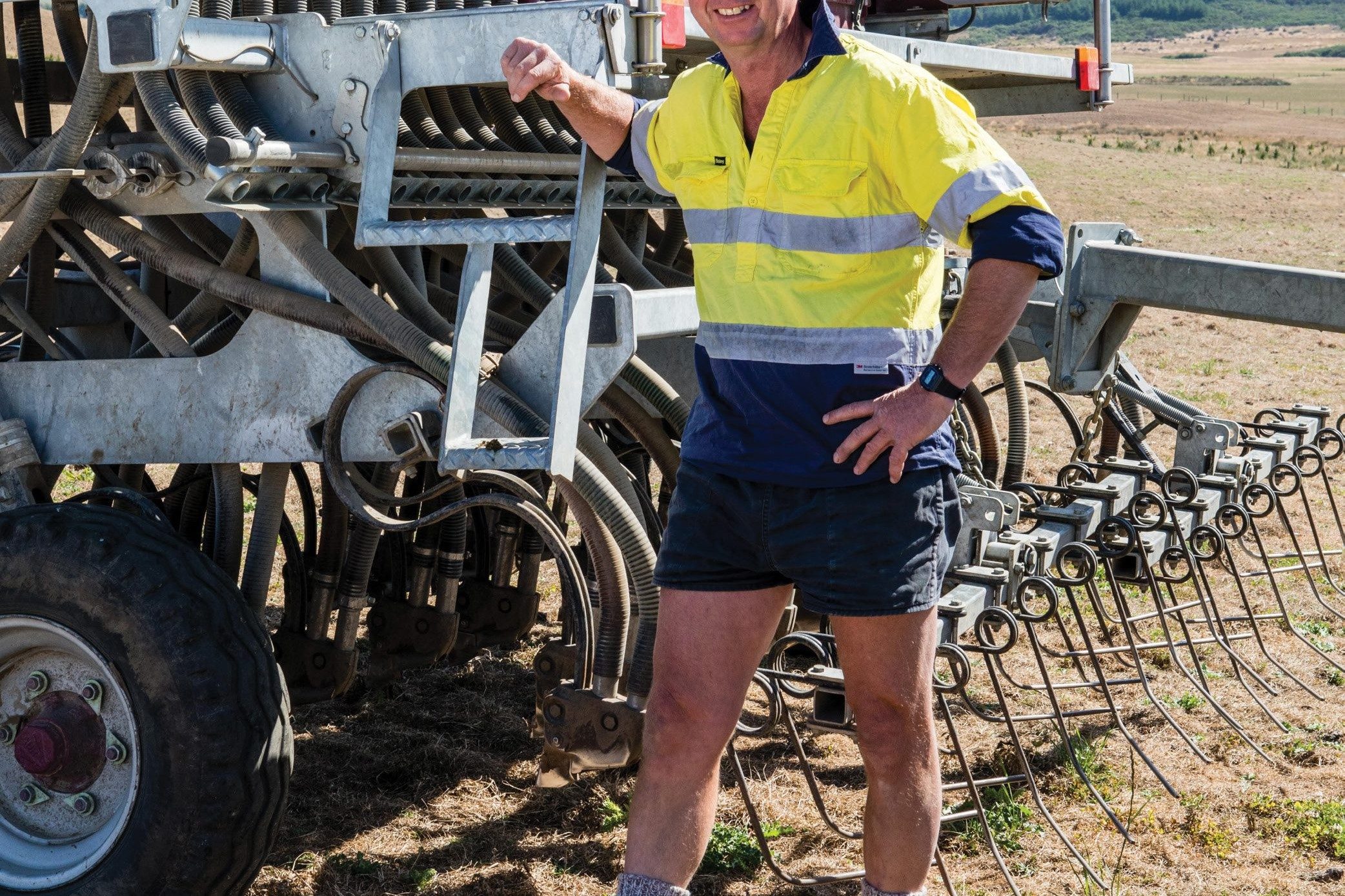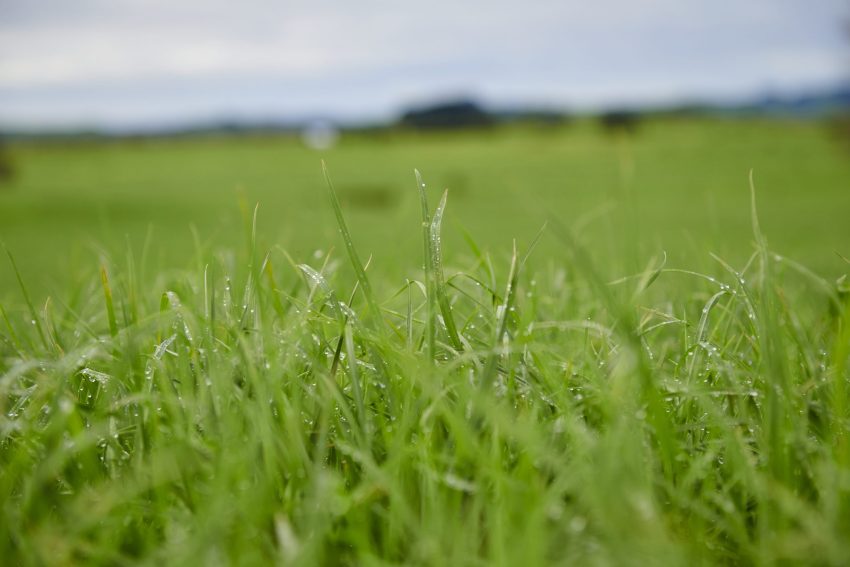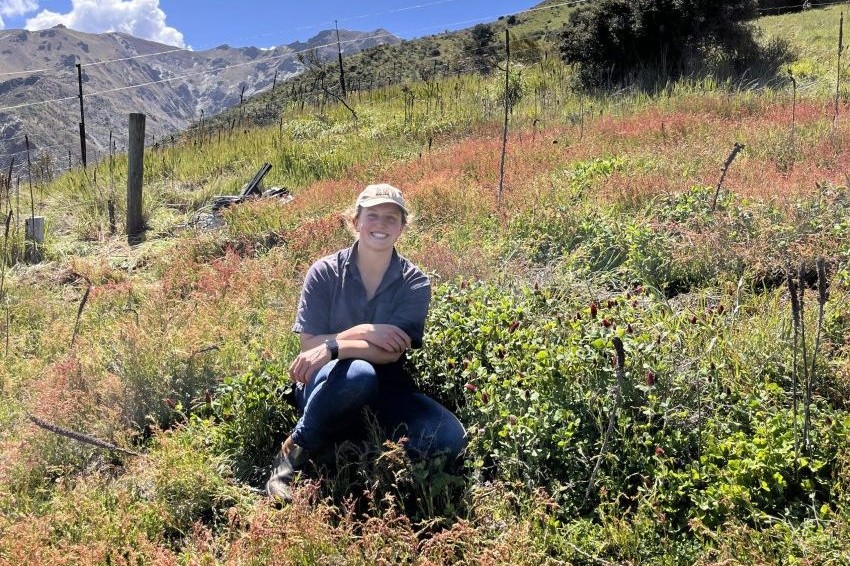Less crop, not all-grass easier
Graham Butcher discusses the pros and cons for cutting back on winter forage crops with grass.

Graham Butcher discusses the pros and cons for cutting back on winter forage crops with grass.
Winter forage crops have been part of the fabric of southern New Zealand farming forever. And for very good reasons. We have to manage very high spring and summer growth with very low winter growth for a significant part of the year.
To be able to have enough stock on hand in the spring to utilise summer feed, there was a need to push summer-grown feed into the winter. This also helped with establishing new grasses for future benefit. It also left farmers free to apply spring and summer management to best advantage their budget with the knowledge that winter was covered.
This was a comfortable formula for many years, with the only cause for concern being the crop area being out of production in the spring. But thinking is changing.
For those who can remember, thinking first changed 45 years ago with growing interest in all-grass farming. After a few years, interest fell away because managing winter with only grass was too big a challenge from the point of view of maintaining stock nutrition and keeping new grasses coming into the system. Winter crop was an easy solution.
To give a little context to this, the sums are simple. Take 300ha, 20ha of which is winter crop at 11.5t.
We needed a pasture cover on May 1 of 1800kg. If you take the crop out of the system, the May 1 cover needs to be 2450kg to take the same amount of feed into the winter. Not impossible of course, but summer management and profit growth would be compromised, and an average of 2450kg would mean some very high covers. The winter crop allowed more summer management options, so a simple solution.
Now we have several other factors to put into the “formula”. We have water- and soil-quality concerns, and developing rules set to tackle this issue focus on slope and area allowed to be cropped. These rules alone will force some farms to reduce winter crops.
We have rapidly escalating costs to establish crops. We have much more productive sheep, cattle and deer that demand a very much higher standard of nutrition management and welfare. We also have better technologies, seed options and a greater understanding of what’s needed to maintain high per-head production.
All these add up to farmers looking at ways to reduce reliance on winter crop and at the same time increase profitability, but preferably not to increase risk.
Management priority is spring, summer and autumn. This is where profits are made, so these are the seasons of critical importance. I would be concerned to see these seasons compromised to make sure a winter works with no or less winter crop. It’s a complex equation and if we throw in greater seasonal variability could a change to less crop both work and be more profitable? What would you have to do to have a feasible plan?

Project at Mararoa
In 2017, with the help of David Stevens (AgResearch), Mararoa Station embarked on a project to define ways to reduce reliance on winter crop. This is a large Landcorp Farming (Pamu) station near Te Anau with 4330ha effective, 13,900 ewes (140%), 980 cows (82%) and 4300 (83%) hinds, plus all necessary replacements. Management involved some store sales and 350ha winter crop was grown.
There was a wish to reduce winter crop for the reasons given above. The first step was to reduce winter crop from 350ha to 260ha, a 25% reduction, and to put 8500 ewes on an all-grass winter programme. This is a station that grows 50-60kg DM/day late spring and 0-5kg DM/day in winter so it’s not surprising that to give this change a fighting chance, the whole year’s management had to be reviewed.
A 10-year Farmax model was produced with what was learned in the first year, together with climate and production records from the previous 10 years at Mararoa. It demonstrated the reduced crop system was 6% more profitable over the 10 years. Yes, it’s only a model but one that seems to be based on good data. And while it may be easy to sell store lambs at a given price on a certain day at the press of a key, not quite that easy in practice. But modelling is an important tool.
Reduced crop policies
This is not an all-grass system, it’s a reduced crop system, and to give you an idea of what else changed year round, here are some very important aspects:
- Planning and modelling to reduce to 260ha began 18 months in advance. All staff involved in the planning process
- Regular body condition scoring was a key driver in feeding management to bring all capital stock up to mating targets and maintain over winter
- Targets set for pasture covers at critical times, management-based achieving targets
- Potential early weaning of cows
- Flexible store-lamb and cattle-sale policy
- Supplements made to control surpluses only
- Feed supplements in autumn to release growth
- Plan overall farm cover throughout summer and autumn
- Use autumn N to fill feed gaps
- Use concept of residuals after grazing to control allocation (1000kg Feb to Aug and 1200kg from Sept to Jan)
- Rotationally graze large mobs (3000hd) until lambing
- Clean up poor quality feed before early May
- Regular measuring of pasture covers
- Graze fast-growing paddocks early winter to maximise spring cover.
Residuals determine shift
These are not “ground-breaking” policies, but the fact they have been enacted is probably ground-breaking to a degree. It’s interesting to see the concept of post-grazing residuals used to determine shifts.This is a concept that has been around since the first round of all grass 45 years ago. Also, good to see residuals determined with reference to quality.
You could argue that the 6% improvement in profitability is due to management changes, not the reduced crop as such. If management changes were made and crop was not reduced, what would have happened? To counter this argument there are a couple of good observations. The all-grassed ewes tailed 4.5% better with the same scanning and ewe deaths on all grass were 1.2% lower.
Mararoa has now extended the less crop programme.
Following on from this work, there is now a group of Southland farmers looking to extend the concepts of winter cropping. They are using various mixes of multiple graze/single graze brassica with various additions of grasses, clovers and herbs to improve environmental outcomes, and improve stock nutrition and welfare.
Depending on the mix chosen, some autumn grazing was needed to let light into lower growing components and stop stem formation, if Raphno was part of the mix. If you wanted the area to produce some spring feed, back fencing was mandatory. A combination of grasses, clover and herbs reduced the winter yield but improved quality, particularly in terms of protein content. There was also the advantage of some spring feed. There are two follow up reports on these aspects and if you want copies, just email me at gbutcher@ruralsolutions.co.nz
The writing up of the Mararoa work was funded by the Ministry for Primary Industries and can be found in Journal of New Zealand Grasslands, Volume 83, 2021. Titled ‘Farming with reduced winter cropping in southern New Zealand: the risks and practicalities’. David R Stevens et al.
This work is really a must-read for Southland farmers. It’s about applying concepts we all probably know about and what it takes to make them work. Each farm will have a different take on the concepts, but what it takes to make them work will be the same for all farms and, as David Stevens so aptly suggests, it’s active management.
Can all this lead to all-grass farming? There are changes that can be made to be an advantage, but to be able to farm in Southland without that ability to carry a bulky summer-grown brassica into winter is a very big task.
- Graham Butcher is a Gore-based farm consultant.




